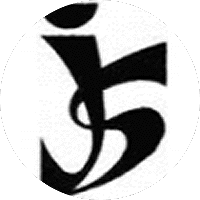JUDO: SHIME-WAZA / CHOKES
JUDO: SHIME-WAZA / CHOKES
The execution of choke is in practice a subtle art because of the potential danger for Uke. In the practice of judo there are three fundamental manners for chokes:
- Compression of the neck-veins on one or both sides of the neck which restricts the flow of blood and oxygen to the brain,
- Compression of the trachea,
- Compression of the chest and the lungs which prevent Uke to breath.
The first method is practised most in judo because it requires lowest strength and works fastest. This is in conformity with the judo principle: "Maximum Efficiency".
Security measures:
- Stop immediately after a signal of Uke,
- Chokes are not allowed for judokas under the age of 12 years.
Click on the Japanese name to view a movie of the choke, on the English name to see a picture/drawing
Shime-Waza |
Chokes/Strangulations |
|
Kata-juji-jime |
 |
Half Cross Necklock |
Gyaku-juji-jime |
 |
Reverse Cross Necklock |
Yoko-juji-jime |
 |
Lateral Cross Necklock |
Ushiro-juji-jime |
 |
Rear Necklock |
Okuri-eri-jime |
 |
Sliding Collar Necklock |
Kata-ha-jime |
 |
Single Wing Necklock |
Hadaka-jime |
 |
Naked Necklock |
Ebi-garami |
 |
Lobster Entanglement |
Tomoe-jime |
 |
Winding Necklock |
Eri-jime |
 |
Lapel Necklock |
Kensui-jime |
 |
Hanging Strangle |
Kata-jime |
 |
Shoulder Strangle |
Do-jime |
 |
Body Strangle |
Hiza-jime |
 |
Knee Necklock |
Tsukkomi-jime |
 |
Thrust Necklock |
Ebi-jime |
 |
Lobster Necklock |
Hasami-jime |
 |
Scissor Strangle |
Ohten-jime |
 |
Lateral Turning Necklock |

